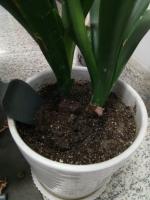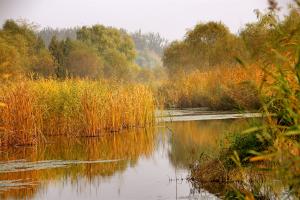Timing for Planting Grass Seed
If you're wondering "can I plant grass seed now?" the answer to your question depends on where you live and what type of grass you're planting. Grass species have different planting seasons and climatic requirements, meaning that the best time to plant grass seed will vary according to location and species. Here's what you need to know:
Factors to Consider
Before you start planting grass seed, it's important to consider several factors that will influence the success of your lawn. These include:
Climate: Different grass species have different climate requirements, making it important to choose a species that is adapted to your climate zone. The ideal temperature range for most grasses is between 60 and 75 degrees Fahrenheit.
Soil type: Different grass species have different soil type preferences. Ensure you select a species that thrives in the type of soil you have in your lawn.
Light: Most grass species require full sun (at least 6 hours of direct sunlight per day) to grow properly. Consider this when selecting a planting location.
Water: Grass seeds require adequate moisture to germinate, so make sure to keep the soil moist during the germination period.
Planting Grass Seed in Warm Season
If you live in a warm climate, the best time to plant grass seed is in late spring or early summer. This is because warm-season grasses like Bermudagrass, Zoysiagrass, or St. Augustinegrass grow best in soil temperatures between 65 and 75 degrees Fahrenheit, which typically occur during the warmer months.
Planting Grass Seed in Cool Season
In areas with cooler climates, the best time to plant grass seed is during the fall season. Cool-season grasses like Kentucky bluegrass, fescues, and ryegrass grow best in soil temperatures between 50 and 65 degrees Fahrenheit, which typically happens during autumn.
Planting in Other Seasons
The best time to plant grass seed is during the correct season. However, if you missed your window of opportunity for planting grass in the right season, here are other options:
Frost seeding: Frost seeding is the practice of sowing grass seed in late winter or early spring, just as the frost is coming out of the ground. This method works best for cool-season grasses.
Summer seeding: Summer seeding may be done for fast-growing warm-season grass species such as Bermuda and Zoysia. However, summer seed germination can be problematic due to high temperatures and dry conditions.
Conclusion
In conclusion, the answer to "can I plant grass seed now?" is dependent on where you live and what type of grass you're planting. Timing is paramount in ensuring successful grass emergence and growth. Ensure that you understand your grass species and the climatic conditions of your locality before planting. This ensures that you plant in a time frame that provides optimal conditions for successful establishment and growth.

 how many times do yo...
how many times do yo... how many planted tre...
how many planted tre... how many pine trees ...
how many pine trees ... how many pecan trees...
how many pecan trees... how many plants comp...
how many plants comp... how many plants can ...
how many plants can ... how many plants and ...
how many plants and ... how many pepper plan...
how many pepper plan...
































